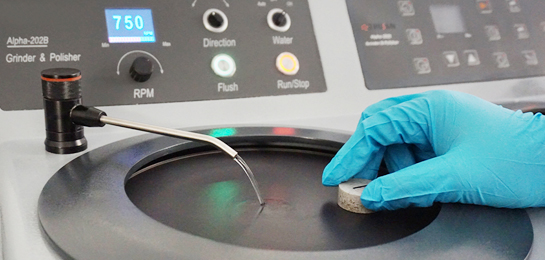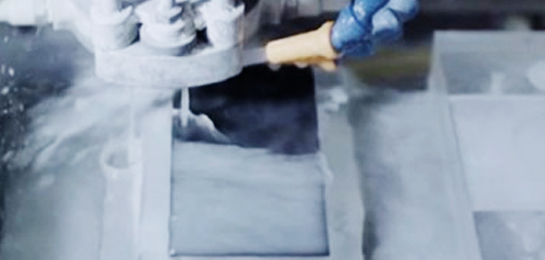Development status of ceramic materials in the mobile phone industry
Release time:2020-03-20
Views:389
Author:admin
Development status of ceramic materials in the mobile phone industry
The rapid development of smartphones has also driven the continuous development of the material industry. The fiery sapphire screens that have not been implemented in the past few years have affected the ups and downs of the entire sapphire industry. The bankruptcy of GT seems to be the sapphire hurriedly launched yesterday. Production capacity has not yet been consumed. Today, ceramic materials have become the new darling of the smart phone industry, driving a new hot spot in the industry.
The perceived appearance design of smart phones is divided into visual and tactile senses. Visually, as the name suggests, is the visual effect of mobile phones, while tactile senses are mainly perceived by hands, which is simply "feel".
Development history of mobile phone backplane materials
From plastic to metal to glass to today's ceramics. Plastic has the advantages of being easy to process, light in weight, stable in nature, and difficult to conduct heat. However, from the actual experience, plastic still lacks a "feel of grade" compared to other mainstream materials, and it also has poor heat dissipation.
Metal: Aluminum alloy is currently the most common metal body raw material. It has the characteristics of low density, high strength, strong plasticity, and excellent thermal conductivity. Starting from Apple's iPhone 5 in 2012, in just a few years, metal materials have been popularized from high-profile flagship machines to thousands of yuan. Unlike plastic, the integrated molding process of aluminum alloy is much more complicated. A single piece of aluminum alloy is made into a fuselage and a frame after precision machining steps such as CNC. Not only the radio frequency signal of the mobile phone, but also the metal must be processed. It is divided, and the upper and lower ends choose injection molding partitions. This is the origin of the three-segment metal fuselage that we often see. However, before the iPhone 5 released in 2012, this was something that other manufacturers did not dare to try easily. The main reason is the high cost and poor accuracy control. In addition, the internal wiring of the mobile phone and the distribution of components must be limited to the metal case, which undoubtedly raises the technical threshold of mobile phone manufacturers. However, with the maturity of metal processing technology in recent years, these are not a big problem, and the metal thousand yuan machine that is everywhere now is the best proof.
Glass: The glass phone not only looks beautiful, but also has a very delicate touch, which is not too slippery compared to metal. However, the glass material is not perfect, for example, it is easy to become a "fingerprint collector". In addition, its fragile nature cannot be changed, so the risk of breaking is high.
Ceramics and others: Among the more than ten black technologies of Xiaomi Mi 5, the "3D ceramic body" is outstandingly listed. In fact, Xiaomi is not the first manufacturer to bring a material such as ceramics to the mobile phone field.
Common ceramic materials mainly include kaolin, zirconia, etc. One plus X ceramic version of mobile phone uses zirconia. Compared with glass with similar texture, the manufacturing process of ceramic body is much more complicated. According to the introduction of the official website of OnePlus, the zircon sand must be ground and screened first, and then kneaded and granulated. A series of key steps, and finally forging at a high temperature of more than 1000 degrees Celsius. However, the final product cannot be seen here. The forged material is subjected to nearly 20 processes including surface rough grinding, fine grinding, and polishing to finally obtain a perfect ceramic body.
Related Reading
-

Observation: What is the gap between domestic and foreign optical module compani
2020-03-20
-

Optical Expo Industry Observation at Optical Expo: Pressure on Technological Tra
2020-03-20
-

Development status of ceramic materials in the mobile phone industry
2020-03-20
-

How to judge the water or oiliness of metal grinding material grinding liquid
2020-03-20



